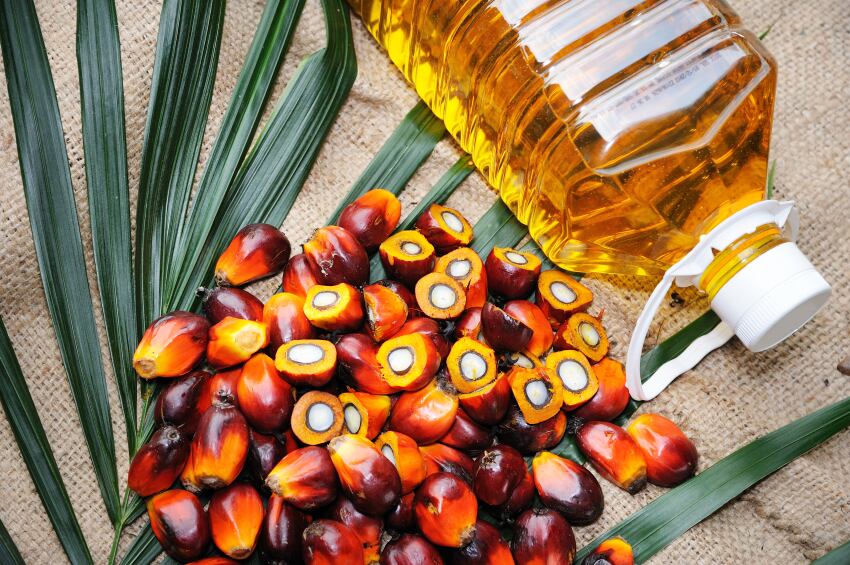The technique called high-voltage atmospheric cold plasma (HVACP) hydrogenation relies on a high-voltage electrical current to split hydrogen molecules.
These molecules then connect to the oil molecules causing the oil to become more solid, or 'saturated'.
Trans fats have been heavily linked to increased cholesterol levels, which can lead to heart disease and diabetes.
This new technique could therefore have huge health implications, creating a more solid state fat for making pastry products, such as pie crusts, cookies, or biscuits, without the negative consequences to health.
Researchers from Purdue University began by pouring oil into a plasma-filled container. This was then placed inside another bag filled with a hydrogen-blend gas.
Two electrodes discharging up to 90 kilowatts of electricity was then switched on in the chamber, splitting the gas’ hydrogen molecules into ions.
These ions then attached to the bond double bonds in the fatty acid molecules located on the surface of the oil.
First time experimentation

“As far as we know, no one has ever used this technology to hydrogenate oil before,” said doctoral student at Perdue University and study author Ximena Yépez.
The research team said that while a typical hydrogenation reaction may produce only a 3% increase in saturated fatty acids, trans-fats created could reach as much as 40%.
But after a 12-hour HVACP treatment, the oil showed a 32.3% increase in saturated fatty acids and no trans fats.
These values mean that the finished product is safe for human consumption and that the HVACP process is more efficient than traditional processes.
“We're investigating methods that could reduce hydrogenation time to a matter of minutes," added former Purdue professor, Dr Kevin Keener.
"Then you could replicate these modules - create a hundred or a thousand of them. The process isn't just limited to food oils."
Dr Keener added that the process could also produce environmentally friendly hydrogenated plant oils.
Source: Innovative Food Science & Emerging Technologies
Published online ahead of print, doi.org/10.1016/j.ifset.2016.09.001
“High-voltage Atmospheric Cold Plasma (HVACP) hydrogenation of soybean oil without trans-fatty acids.”
Authors: Kevin Keener et al
